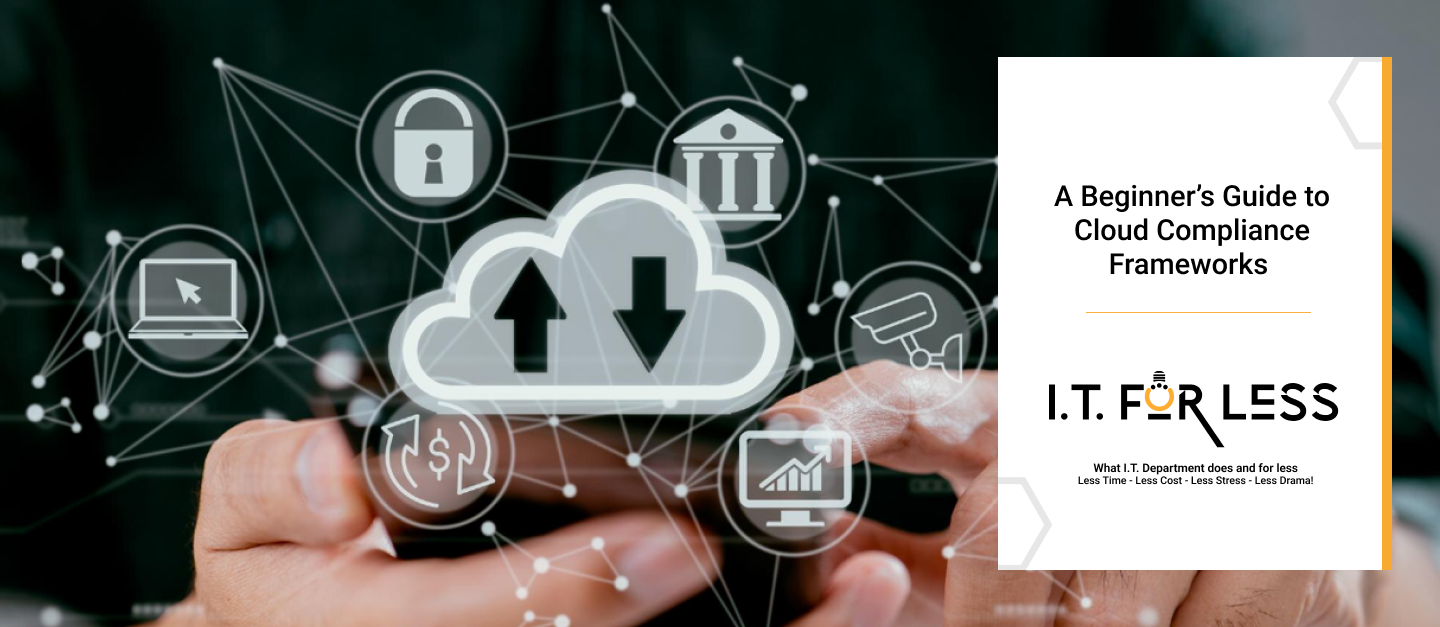As more businesses migrate workloads and data to the cloud, compliance has become one of the biggest challenges for IT leaders. Regulations are growing stricter, and customers are more concerned than ever about how their data is handled. That’s where cloud compliance frameworks come in. For beginners, understanding these frameworks is the first step to building a secure, trustworthy cloud environment.
What Are Cloud Compliance Frameworks?
Cloud compliance frameworks are sets of standards and best practices that help businesses ensure their cloud environments meet legal, regulatory, and industry-specific requirements. They provide a roadmap for how to handle data, manage access, and protect against risks.
Without these frameworks, businesses run the risk of fines, reputational damage, and breaches.
Common Cloud Compliance Frameworks
- GDPR (General Data Protection Regulation)
Applies to any business handling the personal data of EU citizens. It requires strong data privacy protections, transparency, and the ability for users to control their own data.
- HIPAA (Health Insurance Portability and Accountability Act)
Focused on healthcare organizations in the U.S., HIPAA sets strict standards for storing and transmitting sensitive health data.
- SOC 2 (System and Organization Controls 2)
Common among cloud service providers, SOC 2 ensures organizations follow strict controls around security, availability, processing integrity, confidentiality, and privacy.
- ISO/IEC 27001
An international standard for information security management. It helps organizations systematically manage sensitive data and minimize risks.
- PCI DSS (Payment Card Industry Data Security Standard)
Applies to any business that processes, stores, or transmits credit card information, with requirements to secure cardholder data in the cloud.
Why Compliance Frameworks Matter
- Avoid Legal Penalties: Noncompliance can lead to heavy fines and lawsuits.
- Protect Customer Trust: Meeting standards shows customers you take data protection seriously.
- Streamline Security: Frameworks provide structured guidelines for building strong security practices.
- Enable Growth: Many enterprise clients require vendors to demonstrate compliance before doing business.
Best Practices for Getting Started
- Identify which frameworks apply to your industry and customers.
- Work with cloud providers that offer built-in compliance support.
- Automate compliance monitoring where possible.
- Conduct regular audits to stay aligned with evolving requirements.
Final Thoughts
Cloud compliance may seem complex, but frameworks exist to make it manageable. By following the right standards, you can not only meet regulatory requirements but also strengthen your overall cloud security posture.
Partner with I.T. For Less today and take the first step toward building a compliant, secure, and future-ready cloud environment.
